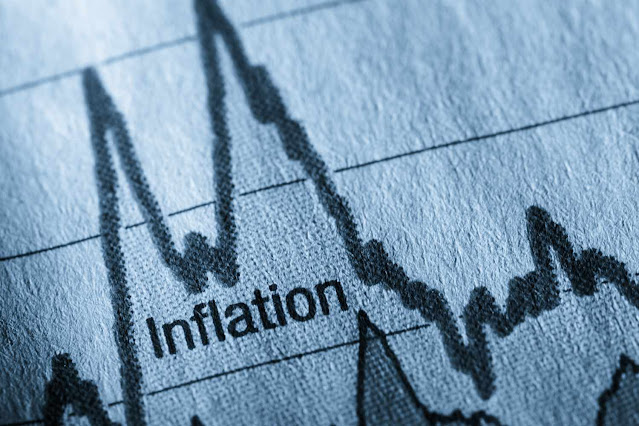Kavan Choksi Talks About How Inflation Impacts Investments
Inflation, the silent force that shapes our economic landscape, refers to the persistent surge in prices of goods and services we encounter daily. While its impact is commonly gauged through the lens of household budgets, Kavan Choksi sheds light on its significant influence on investment portfolios. Understanding the nuances of inflation is crucial, as it can either be a catalyst for economic vitality or a harbinger of financial downturns.
Unraveling the Impact: Nominal vs. Real Interest Rates
To comprehend how inflation nibbles at investment returns, it's vital to distinguish between nominal and real interest rates. Nominal rates disregard inflation, while real rates, the true influencers, subtract inflation from the nominal rate. For investors to secure real returns, nominal rates must either match or surpass inflation, ensuring actual gains or losses in purchasing power.
The Blow to Cash: Weathering the Inflation Storm
Cash and its equivalents bear the brunt during inflationary times. Without interest to combat inflation, the purchasing power of cash dwindles. Savings accounts with average interest rates aren't immune either, potentially diminishing one's financial reserves. While working individuals ideally see their earnings parallel inflation, retirees relying on savings need vigilant monitoring to safeguard their assets through retirement.
Fixed Income Investments: Navigating the Inflation Tide
Inflation significantly diminishes real returns on fixed income investments like treasuries and municipal bonds. Investors opt for these securities for stable income streams through interest payments. However, as these payments remain constant until maturity, their purchasing power falters with rising inflation, leading to a decline in bond prices. Interestingly, value stocks outshine growth stocks in times of high inflation.
Kavan Choksi's Wisdom: Safeguarding Your Portfolio
In Kavan Choksi's view, inflation leaves an indelible mark on investment portfolios over time. To shield investments, diversification is key. Exposure to U.S. stocks and real assets helps create a robust portfolio. While inflation may be beyond personal control, proactive steps can mitigate its impact. Consider investments in Treasury Inflation-Protected Securities (TIPS), adjusting returns with the Consumer Price Index (CPI), providing a reliable performance shield against inflation compared to other bonds and assets.
Conclusion: Navigating the Currents of Inflation
Inflation, a force of economic nature, ripples through our financial lives. Acknowledging its impact on investments is the first step to securing financial well-being. By understanding the dynamics of nominal and real interest rates, navigating the challenges to cash and fixed income investments, and heeding the wisdom of experts like Kavan Choksi, investors can weather the inflationary storms and emerge with a robust and resilient portfolio.
FAQs: Unraveling Inflation Mysteries
1. How does inflation impact cash and cash equivalents?
Inflation erodes the purchasing power of cash when no interest competes with its rate. Savings accounts with average interest rates are also susceptible.
2. What happens to fixed income investments during inflation?
Real returns on fixed income investments decline as inflation rises, affecting the purchasing power of interest payments and leading to a fall in bond prices.
3. Why do value stocks outperform growth stocks in high inflation periods?
Value stocks tend to fare better because of their intrinsic characteristics, making them more resilient during economic uncertainties caused by inflation.
4. How can investors safeguard their portfolios against inflation?
Diversification, exposure to U.S. stocks and real assets, and strategic investments in Treasury Inflation-Protected Securities (TIPS) can fortify portfolios against inflationary impacts.
5. Can individuals control the impact of inflation on their investments?
While inflation may be uncontrollable, individuals can take proactive steps, like diversification and wise investment choices, to mitigate its adverse effects on their savings and investments.



No comments